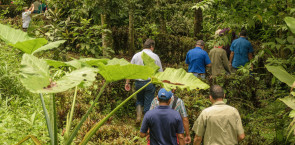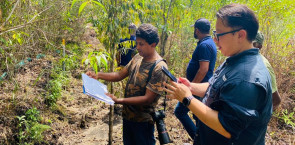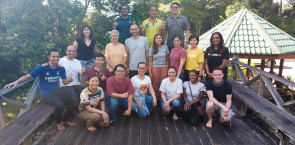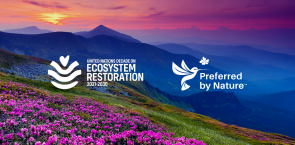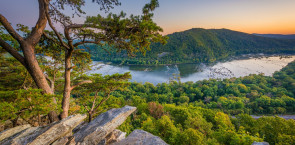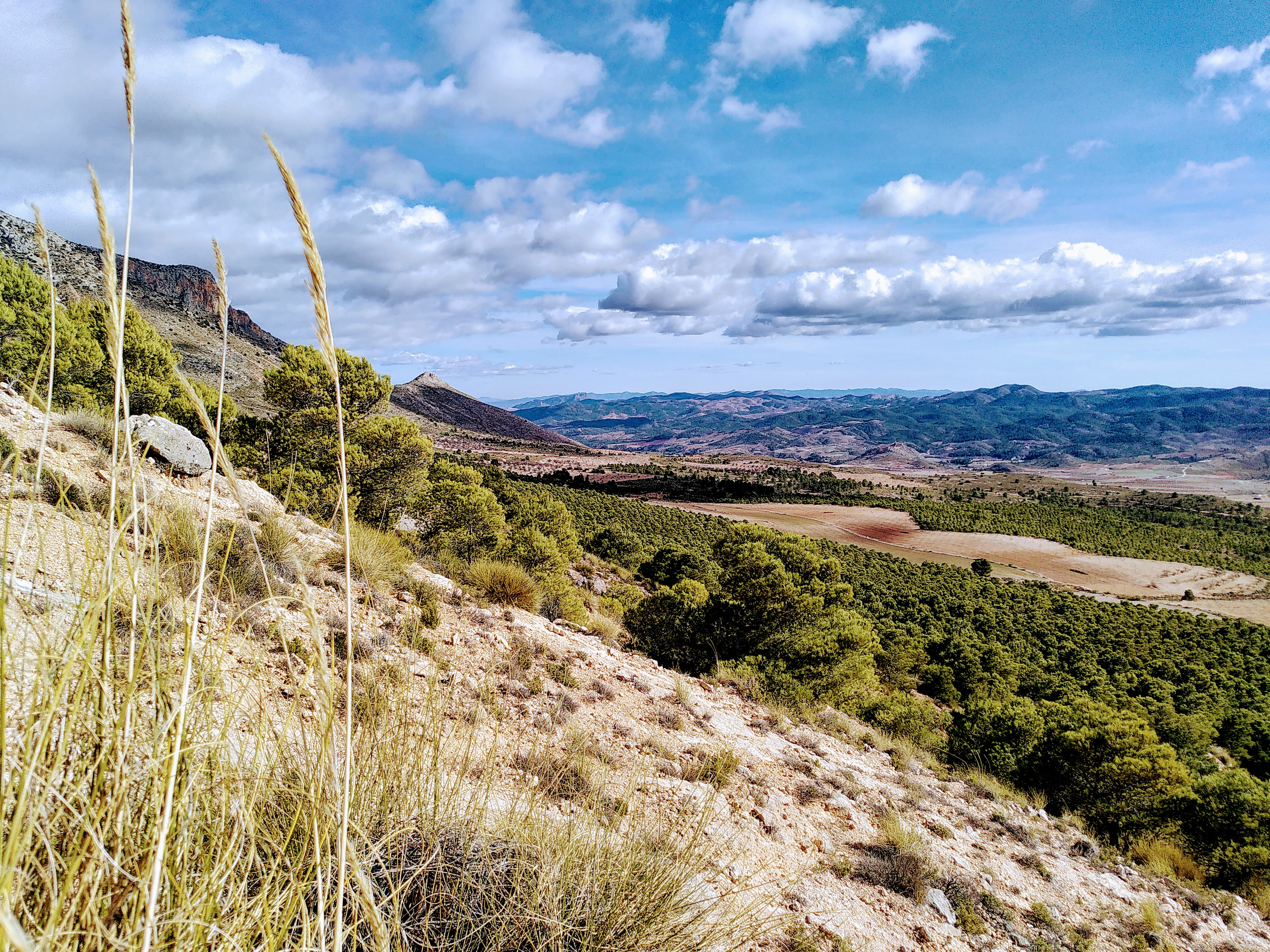
The UN Decade on Ecosystem Restoration highlights the importance of ecosystem restoration in halting biodiversity loss and coping with climate change while addressing other broad societal challenges. The world has set a goal of conserving at least 30 percent of our lands and waters by 2030 and that year is fast approaching.
This is a pivotal moment for nature conservation and restoration. There is an urgent need to effectively monitor impacts and share the results of ecosystem restoration projects.
The latest report on the State of the World’s Forests 2022 by The Food and Agriculture Organization (FAO) also highlights the three pathways for achieving green recovery and tackling environmental crises, including climate change and biodiversity loss; halting deforestation and maintaining forests; restoring degraded lands and expanding agroforestry; as well as sustainably using forests and building green value chains.
In fact, for every $1 invested in restoring degraded forests, an estimated $7–30 in economic benefits is generated, according to the World Resources Institute Report 2017. Even though the benefits outweigh the costs, funding for landscape restoration is around $300 billion short every year.
Take tree planting as an example, the number of trees planted is frequently used as a performance indicator for restoration projects. But this often ignores the fact that many of these trees may not survive in the long run. There are several issues associated with this, such as planting the right trees in the right places, taking care of the trees after they are planted, and figuring out what caused the degradation in the first place, including social and economic needs. If not properly planned, implemented and monitored, this could result in reforestation efforts failing to fulfil their goals. The international community has called for this issue to be addressed in a serious and concentrated manner.
In recent years, several initiatives have been launched, including the Bonn Challenge, which was started in 2011 and aims to cover 350 million hectares by 2030. The Initiative 20x20 was kicked off in the same year, with the goal of reaching 50 million hectares by 2030. Another endeavour is the Trillion Trees initiative, which began in 2016 and aims to achieve a global trillion-tree vision by 2050.
However, the progress made so far has been modest. Thus, it’s important that we closely monitor what is happening and how it is occurring, as well as how we might fill any gap that may exist. As a result, continuous monitoring and access to accurate data and information are essential. And this can be done by putting in place comprehensive monitoring and evaluation systems.
Recently in May, the world’s forestry sector gathered in Korea with the Seoul Forest Declaration. The group had also urged the continued development and use of innovative technologies and mechanisms to enable evidence-based ecosystem decision-making.
To support this, Preferred by Nature has released an updated version of the Ecosystem Restoration Standard for monitoring and reporting. The Standard provides a framework to not only help address environmental concerns but also the needs of the social perspective, which is a critical component of any restoration programme's success.
Ecosystem Restoration Standard– a set of social and environmental guiding principles to evaluate the restoration efforts
This global Standard focuses on the assessment of ecosystem restoration performance at the field level, in tropical, temperate and boreal biomes. Being evaluated by a third party, the process will provide an independent assessment of the project’s restoration efforts.
Spain’s AlVelAl is an ecosystem restoration project that targets more than 1,000,000 hectares across several regions in south-eastern Spain, which encompasses different ecosystems, including large tracts of degraded soils with significant drought. The consortium of partners has started the project since 2017 and they have obtained a pledge of funding for the project for at least 20 years to accomplish the long-term goals. Getting verified against the Standard, therefore, helps AlVelAl bring transparency as well as accountability on current activities and long-term targets and communicate that among its stakeholders.
“For AlVelAl, it has been a great step to obtain the verification against the Preferred by Nature Ecosystem Restoration Standard – in terms of trust towards our collaborators and financiers. It is an endorsement of the great work that the organisation and its members have been doing for seven years,” shared Elvira Marín, AlVelAl Project Coordinator.
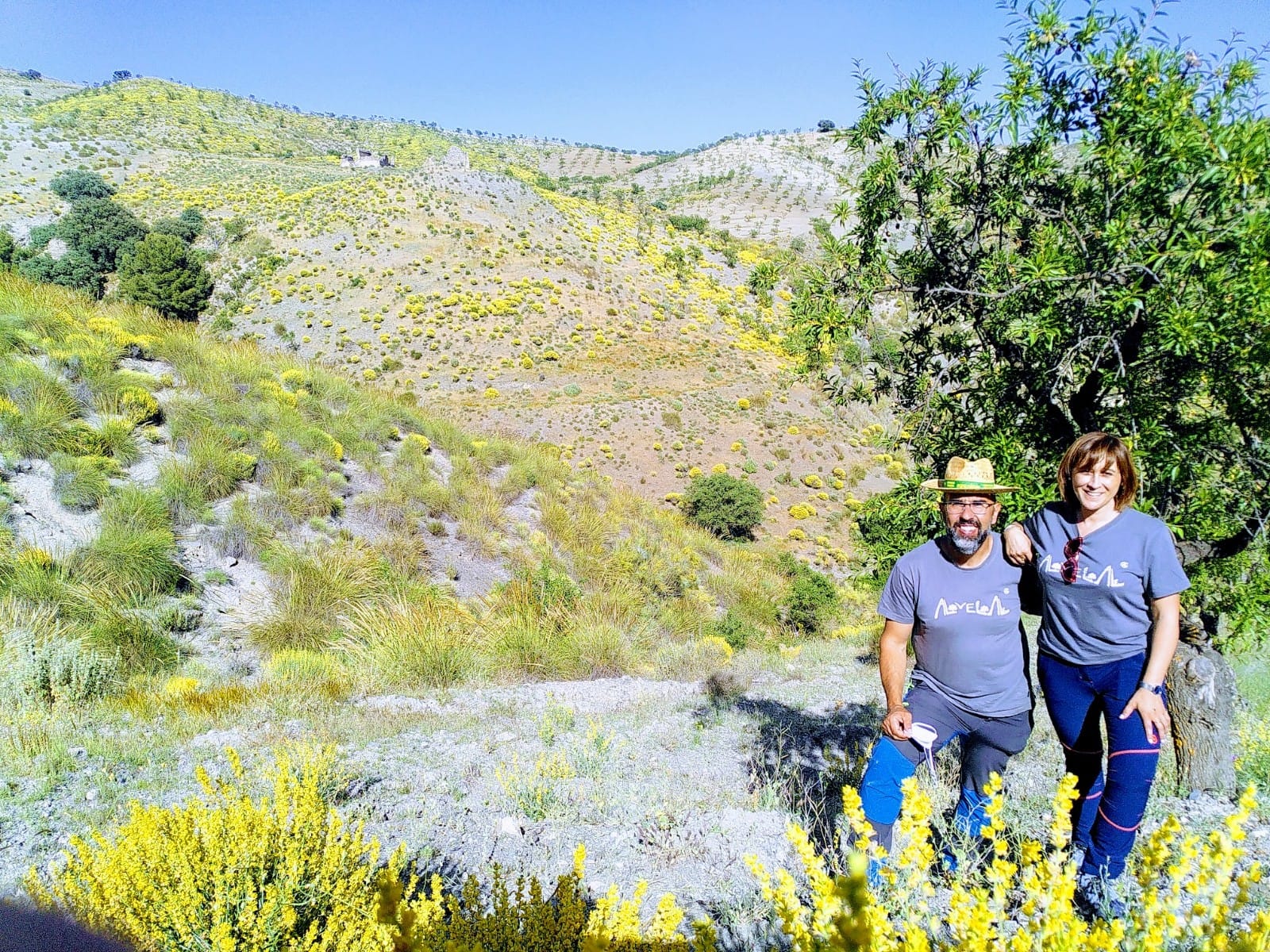
Sustainable farming is also one of the components in the AlVelAl project. They have teamed up with local partners to restore soil quality and promote sustainable land use practices within the agricultural sector situated across the expanse.
“With the growing importance and efforts toward restoration initiatives, funders, investors and other stakeholders need ways to track success,” said Mateo Cariño Fraisse, Land Use Programme Manager at Preferred by Nature.
“In the past year, we have been very pleased to see projects in several countries and ecosystems such as mangroves, forests, drylands, agricultural lands, mountains and so on, using this Standard and the evaluation process to help them communicate about their work,” added Mateo.
The Standard provides a practical, consistent, rigorous and efficient way to assess and monitor the environmental, social, economic and technical performance of ongoing ecosystem restoration field efforts at all scales. This allows for performance and adaptive management to be demonstrated effectively and efficiently.

Berea College in USA, is surrounded by a lush forest which is owned by the institute. They have been implementing restoration activities on parts of its 9,122-acre forest. This is primarily to restore mixed oak/pine woodlands and native grasslands. The college uses a combination of tree plantation using native species, prescribed burning, enrichment planting with oak and pine species, and associated thinning or release activities to foster growth of the desired species. The college uses the Ecosystem Restoration Standard to verify whether their ecosystem restoration is in the right direction – taking into account the social and environmental conditions of the restoration areas.
The Standard is unique because it puts an emphasis on getting involved with local communities and cultures, which are often left out of programmes that focus mostly on planting trees.
CAF El Alamo, an organisation dedicated to environmental protection in Chile's central region, has developed an integrated management approach that respects the sustainable use of soil, water and living resources shared by forests. They also use the Standard to enhance their operations, not just at the management level but also on key social and environmental concerns.
Considering socio-economic characteristics
Ecosystem restoration is the process of assisting the recovery of an ecosystem. However, standard monitoring and evaluation through community engagement and participation is the key to restoration projects.
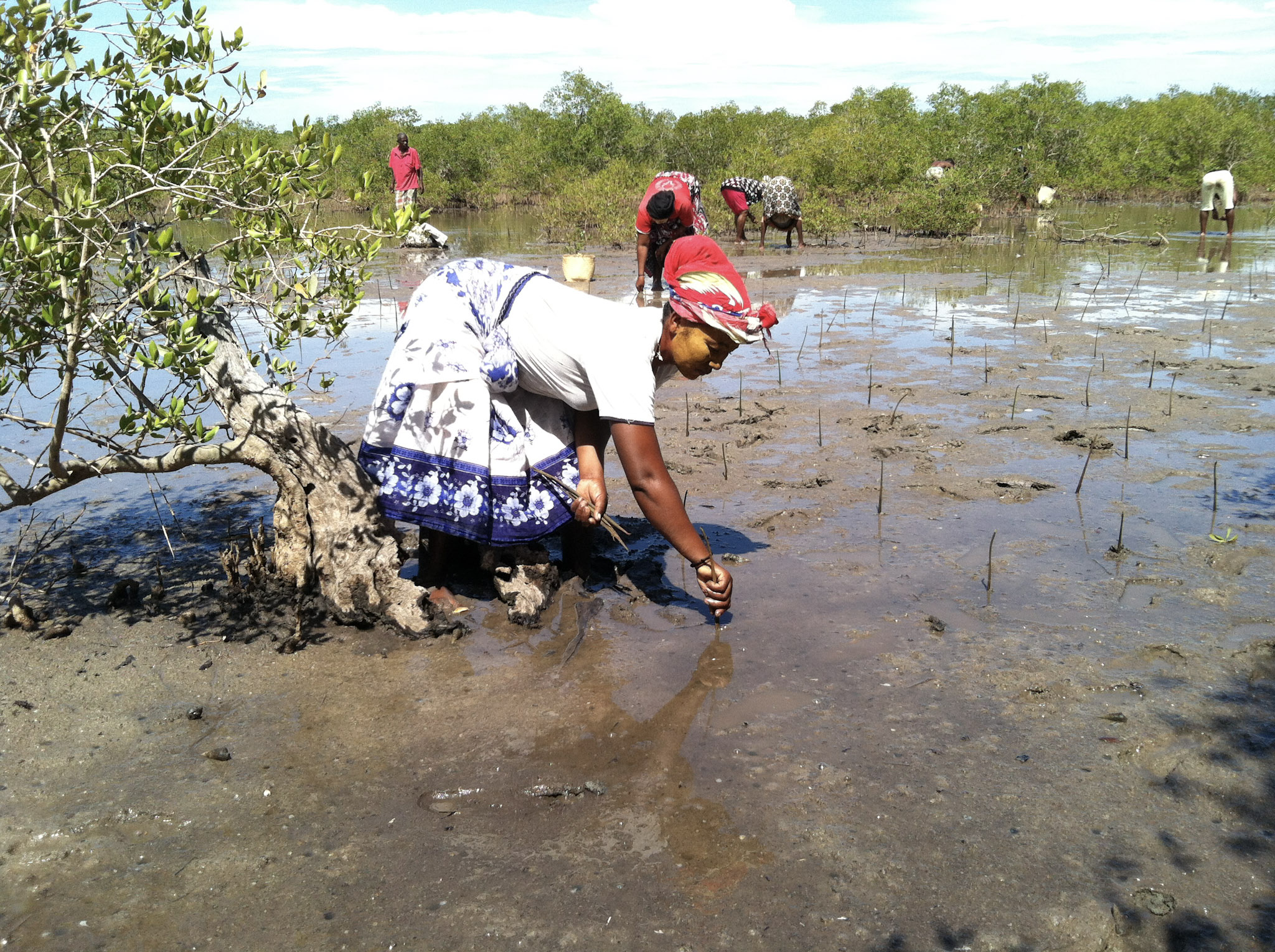
The Preferred by Nature's Ecosystem Restoration Standard was recently used in the Eden Projects’ reforestation initiative in Mahajanga. Mangrove estuaries along the coast of Madagascar were damaged, turned into mudflats, and were vulnerable to several climatic hazards. The project started in 2007 with the help of the local community and their efforts in an area where the government is the legal owner. In a little more than a decade, their efforts in Mahajanga have translated into a thriving mangrove forest – healthy aquatic ecosystems have also returned. The verification process against the Standard also brings to the Eden Projects new insights for improving restoration practices.
Economic, social and community considerations cannot be ignored in successful ecosystem restoration. This could lead to a mix of approaches that include measures to produce products or ecosystem services that are valuable to communities or businesses from the start – or even later in the restoration cycle. Typically, such economic and social outcomes assure the restoration intervention's sustainability.
Engaging with Smallholders and Communities (SH&C)
Placing SH&C at the centre of this standard is a key principle. With these groups being inadvertently marginalised by many project developers and certification schemes, the Standard provides them with directions to improve their practices, get benefits from their restoration efforts, and continue and sustain their work during the process as well as even after the project has ended. All these are set in a flexible manner to help empower the groups throughout the process.
This is the case with two of the most recent community-led projects that have been audited. The first in Bolivia, where community ownership was critical to halting degradation caused by instances such as forest fires in the Chiquitanía, and the second is in Kenya, where good governance played an important role in achieving controlled grazing in the Maasai Mara landscape.
The latest version of the Ecosystem Restoration Standard has been released by Preferred by Nature in 2022. Find more information about the standard here.
To learn more about the Ecosystem Restoration field evaluation, please contact:
Mateo Cariño Fraisse
Land Use Programme Manager
Email: [email protected]

